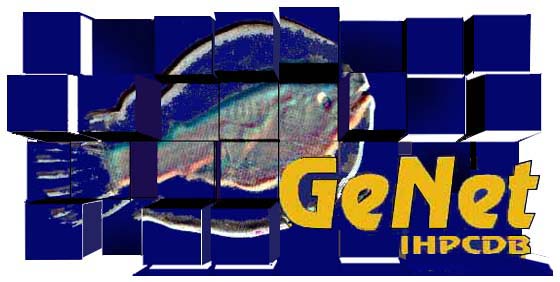 Gene Networks Database
Gene Networks DatabaseLytechinus variegatus Genes in Development: Extracellular matrix (ECM) proteins
mRNA level
| Stage | |||||
| Level |
Protein level
| Stage | |||||
| Level |
| Stage | |||||
| Tissue |
| Stage | |||||
| Tissue |
Polysomal associated RNA level
| Stage | ||||
| Level |
Upstream Genes | |||||||||||||||
ECM 18 | |||||||||||||||
Downstream Genes |